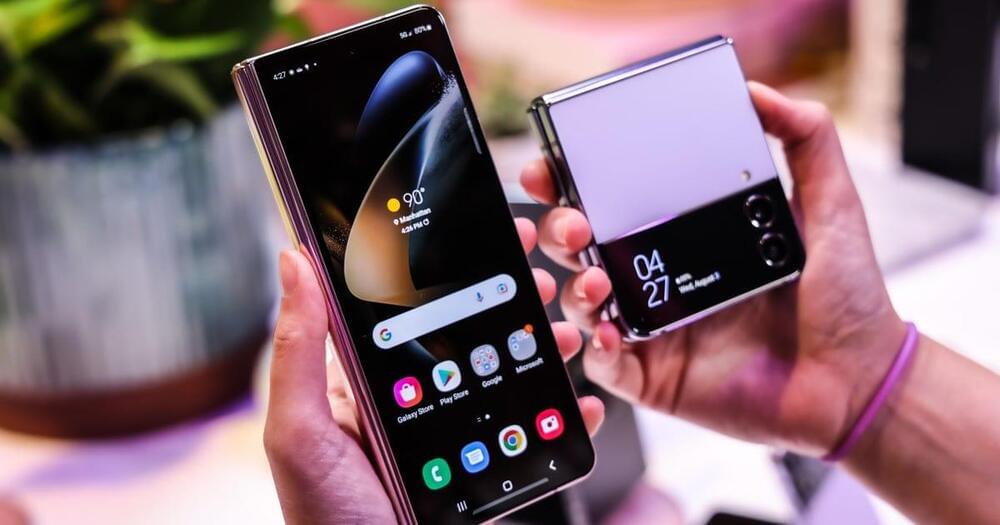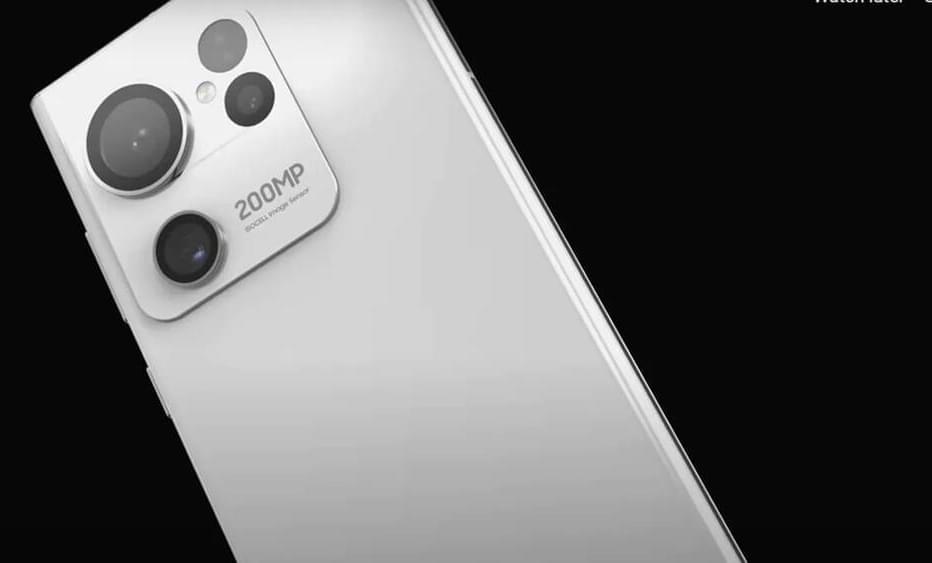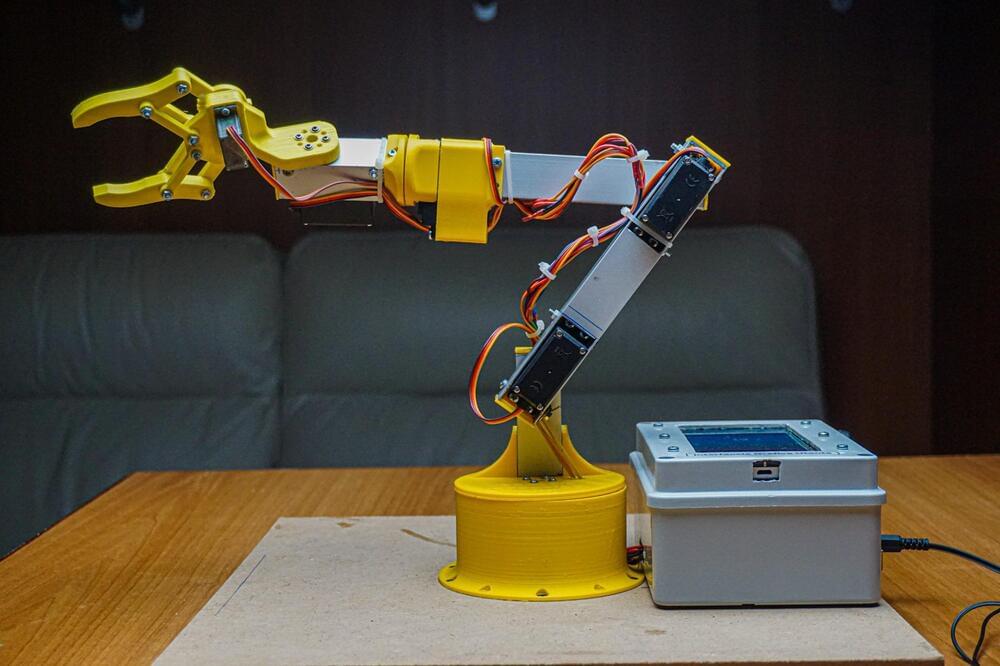Samsung unveiled the Galaxy Z Fold 4 and Z Flip 4 alongside new Galaxy Buds and the Galaxy Watch 5.




“Hello, we’ve been trying to reach you about your car’s extended warranty.” After years of seemingly unstoppable scam robocalls, this phrase is embedded into the minds of many of us. Last month the Federal Communications Commission (FCC) announced it was ordering phone providers to block any calls coming from a known car warranty robocall scam, offering hope that U.S. phone users may hear that all-too-familiar automated voice a little less often.
But there is more work required to crack down on these calls. After all, car warranty warnings are only one type of scam. To understand how robocallers reach us, and why it’s so hard to stop them, Scientific American spoke with Adam Doupé, a cybersecurity expert at Arizona State University.
[An edited transcript of the interview follows.].
An Israeli startup is using over-the-phone voice analysis to detect atrial fibrillation, a common heart condition that is hard to find on a standard screening ECG.

Possibilities Are Endless — iHLS.
This post is also available in:  עברית (Hebrew)
עברית (Hebrew)
A new type of technology has recently been developed. AI technology that mimics the human eye. Researchers at the University of Central Florida have created a device for AI that replicates the retina of the eye. This new discovery can lead to AI that can immediately identify objects, such as automated descriptions of photos captured with a camera or a phone. This technology can potentially be used in autonomous robots and self-driving cars as well.
Scidaily.com reports that this technology performs better than the eye in terms of the range of wavelengths it can perceive, from ultraviolet to visible light and on to the infrared spectrum. The technology expands upon previous work by the research team that created brain-like devices that can enable AI to work in remote regions and space.
Circa 2019 😀 What a fun mind controlled toy drone 😗
How much more fun could drones be if you got fiddly hand controllers out of the way and flew them with your mind? That’s the question EEGSmart poses with its UDrone mini-quad, which responds to brainwaves and head movements instead of thumbsticks. It’s not perfect, but it does give a glimpse of a mind-controlled future.
The Udrone itself is fairly unremarkable; it’s a lightweight mini-quadcopter with 2-inch props, nice plastic bumpers to save it from damage when it bumps into a wall, and an 8-megapixel, 1080p-capable camera. You can fly it using your mobile phone, in which case it works like most similar small quads, but also has some smarts under its belt with face tracking, subject tracking and gesture recognition.
It flies for six or seven minutes on a battery, which is about right for this size of thing. The camera isn’t anything to write home about, but it streams video back to your phone in real time as long as you’re within Wi-Fi range. So far, so ordinary.

Smartphone ownership (85%) and home broadband subscriptions (77%) have increased among American adults since 2019 – from 81% and 73% respectively. Though modest, both increases are statistically significant and come at a time when a majority of Americans say the internet has been important to them personally. And 91% of adults report having at least one of these technologies.
A Pew Research Center survey of U.S. adults conducted from Jan. 25 to Feb. 8, 2021, also finds that some Americans have difficulties when trying to go online. Some 30% of adults say they often or sometimes experience problems connecting to the internet at home, including 9% who say such problems happen often. Still, a majority of Americans say these connection troubles occur rarely (41%) or never (21%).
While there has been slight growth in the share who say they subscribe to high-speed internet, about a quarter of the population still does not have a broadband internet connection at home. And broadband non-adopters continue to cite financial constraints as one of the most important reasons why they forgo these services. Among non-broadband users, 45% say a reason why they do not have broadband at home is that the monthly cost of a home broadband subscription is too expensive, while about four-in-ten (37%) say the same about the cost of a computer. Beyond cost barriers, a little fewer than half of non-users cite having other options for internet access or the fact that their smartphone does everything online they need as a reason why they do not have a high-speed internet connection at home.

WASHINGTON — The Defense Innovation Unit is funding space projects that the agency hopes will spur commercial investments in satellite refueling technologies and support services for geostationary satellites.
“Imagine a world where every 18 to 24 months, you could simply upgrade the processor on a satellite in GEO the way that you upgrade your smartphone to take advantage of new processing power and new functionality,” said Steve “Bucky” Butow, director of the space portfolio at the Defense Innovation Unit.
DIU, based in Silicon Valley, is a Defense Department agency established in 2015 to help bring privately funded innovation into military programs.

A new batch of malicious Android apps filled with adware and malware was found on the Google Play Store that have been installed close to 10 million times on mobile devices.
The apps pose as image-editing tools, virtual keyboards, system optimizers, wallpaper changers, and more. However, their underlying functionality is to push intrusive ads, subscribe users to premium services, and steal victims’ social media accounts.
The discovery of these malicious apps comes from the Dr. Web antivirus team, who highlighted the new threats in a report published today.

Normally, robotic arms are controlled by a GUI running on a host PC, or with some kind of analog system that maps human inputs to various degrees of rotation. However, Maurizio Miscio was able to build a custom robotic arm that is completely self-contained — thanks to a companion mobile app that resides on an old smartphone housed inside a control box.
Miscio started his project by making 3D models of each piece, most of which were 3D-printed. These included the gripper, various joints that each give a single axis of rotation, and a large circular base that acts as a stable platform on which the arm can spin. He then set to work attaching five servo motors onto each rotational axis, along with a single SG90 micro servo motor for the gripper. These motors were connected to an Arduino Uno that also had an HC-05 Bluetooth® serial module for external communication.
In order to operate the arm, Miscio developed a mobile app with the help of MIT App Inventor, which presents the user with a series of buttons that rotate a particular servo motor to the desired degree. The app even lets a series of motion be recorded and “played back” to the Uno over Bluetooth for repeated, accurate movements.